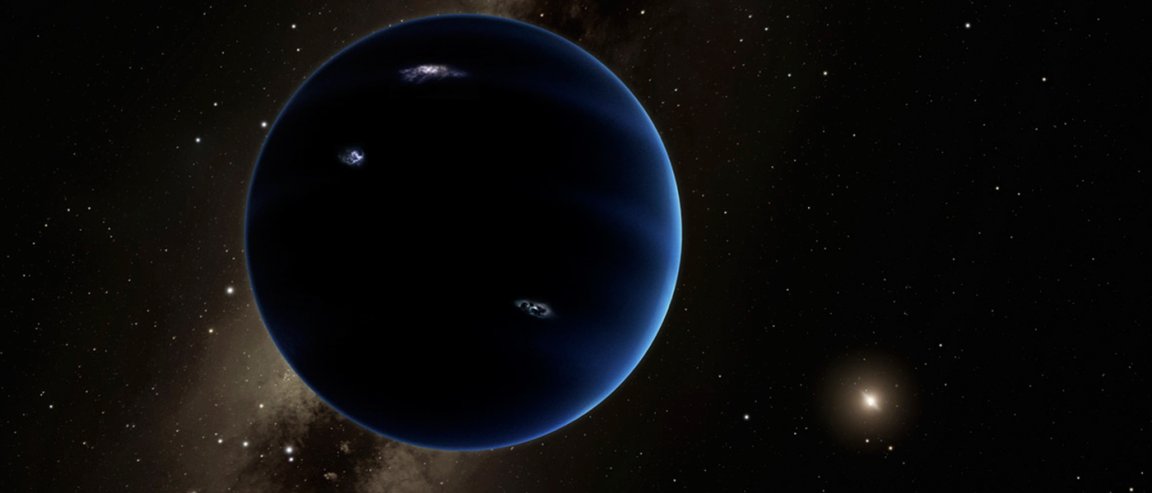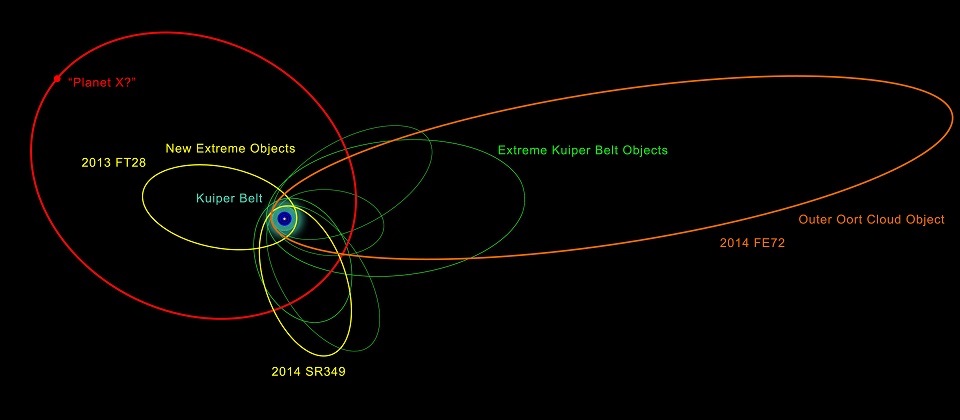
The Trail Goes On
Throughout the year, evidence of a ninth rogue planet, imaginatively dubbed, Planet Nine, has been increasing. Astronomers have been following a trail of clues that would potentially lead to pinpointing its location in hopes of proving its existence.
Carnegie Institute astronomers Chadwick Trujillo and Scott Sheppard were the first to propose the existence of a ninth planet in 2014 based on “extreme KBOs (Kuiper Belt Objects)” that did not seem to be influenced by Neptune, unlike normal KBOs. Instead, these “trans-Neptunian objects” seem to be uniformly gravitating towards something else: “[the gravitational behavior] suggested that something—an unknown giant planet—is shepherding them into similar orbits,” Sheppard said.
And now, the same astronomers that led a worldwide hunt for the elusive Planet Nine are adding more to the mounting evidence. They published their latest discoveries demonstrating more objects with orbital characteristics consistent with those believed to have been herded by Planet Nine.

Not Enough, But Exciting Nonetheless
Sheppard says more evidence is still needed to understand the structure of the Outer Solar System: “Right now we are dealing with very low-number statistics, so we don’t really understand what is happening in the outer Solar System,” he said. “Greater numbers of extreme trans-Neptunian objects must be found to fully determine the structure of our outer Solar System.”
He adds that the quest for Planet Nine is comparable to the older eras of planet discoveries, when we used to only know a few: “we are now in a similar situation as in the mid-19th century when Alexis Bouvard noticed Uranus’ orbital motion was peculiar, which eventually led to the discovery of Neptune.”
As astronomers continuously find and follow the hypothetical Planet Nine’s trail we hope to eventually be able to corner it. At that distance from the Sun, it wouldn’t be moving fast but with such a vast sky to search, it is an absolute challenge…but fortunately an entertaining one: “It’s exciting to go through,” Sheppard says. “Every image—you never know what you’re going to get. It could be the image with the super-Earth in it.”